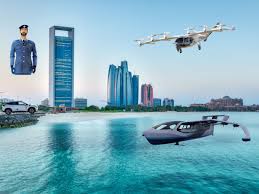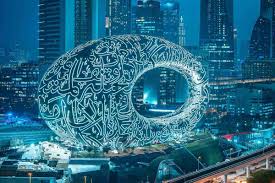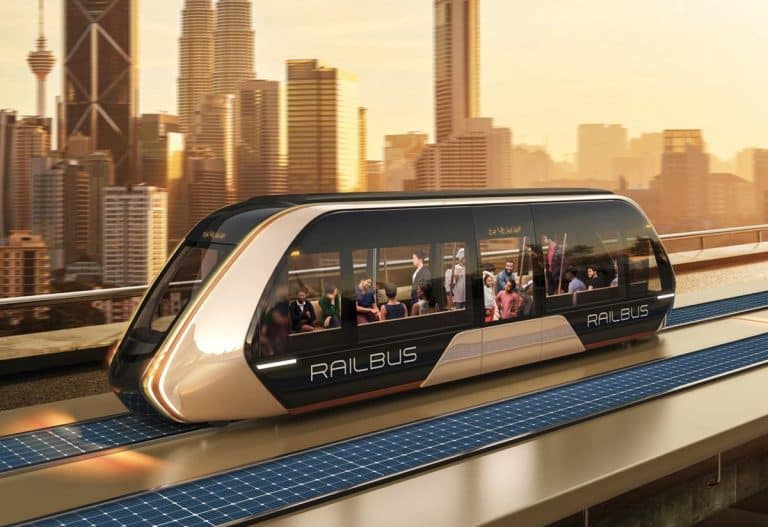A bold vision taking shape in Dubai
In the heart of Dubai, a young startup is working on something that feels more like science fiction than engineering. Their invention—a tethered-rotor platform designed for stratosphere use—has begun to capture the imagination of innovators, investors, and aerospace enthusiasts. Unlike conventional drones or satellites, this platform promises to stay afloat in the stratosphere for long durations, offering stability, accessibility, and limitless possibilities for research, communication, and global connectivity.
Dubai has already built a reputation for daring architectural marvels and ambitious infrastructure projects. Now, this emerging startup hopes to extend the city’s vision beyond the skyline, reaching into the upper layers of the atmosphere where few have ventured.
What is the tethered-rotor platform?
At its core, the tethered-rotor platform is a high-altitude system designed to remain stationed in the stratosphere. It operates with large rotors powered by renewable energy sources, connected to the ground through an ultra-strong tether that supplies energy and communication links. Unlike satellites, which require costly launches and complex orbits, the tethered platform can be deployed directly from Earth, maintained more easily, and repositioned without the need for rockets.

This innovation has the potential to serve as a “pseudo-satellite,” providing communication services, environmental monitoring, and even security surveillance—all from a stable point high above Earth. The simplicity of launching and recovering such a system makes it appealing for governments, industries, and humanitarian organizations alike.

Solving challenges that satellites cannot
While satellites have been an incredible tool for humanity, they come with limitations: high launch costs, long preparation times, and the difficulty of making repairs once they are in orbit. A tethered stratospheric platform offers something satellites cannot—accessibility.

If a system malfunctions, technicians can reel it back down, repair it, and redeploy it within days. If a natural disaster disrupts communication lines on the ground, the platform could provide an instant replacement network, keeping affected regions connected during critical times.
For industries such as agriculture, climate science, and telecommunications, this technology could prove transformative. By hovering above the atmosphere, the platform can capture real-time data on weather changes, crop conditions, and environmental trends with higher accuracy and speed than traditional satellites.
The Dubai spirit of innovation
What makes this story especially inspiring is the city where it is unfolding. Dubai has always positioned itself as a hub for futuristic projects—from the world’s tallest building to smart cities powered by clean energy. The startup behind the tethered-rotor platform embodies that same entrepreneurial spirit, blending bold vision with cutting-edge engineering.
The founders of the company are young engineers and dreamers who believe Dubai is the perfect launchpad for their ambitions. They see their work not only as a technical achievement but also as a symbol of what Dubai represents: a place where impossible ideas are given the resources and confidence to grow into reality.

Human impact of stratosphere technology
While the concept might sound highly technical, the human impact of this innovation is at the heart of the project. Imagine remote villages gaining internet access for the first time, not through expensive towers but from a hovering platform in the sky. Picture disaster relief workers being able to coordinate instantly because an emergency communication network can be deployed within hours.
The platform could also serve environmental missions, such as tracking carbon emissions or studying the thinning ozone layer. It is not just a machine; it is a potential lifeline for people and communities who need better access to information, safety, and connectivity.
Balancing ambition with challenges
As promising as the tethered-rotor system is, the journey will not be without hurdles. Engineers must solve issues of wind resistance, energy efficiency, and long-term stability in the stratosphere. Building a tether that can withstand extreme conditions while carrying power and data is itself a massive challenge.
Yet, the team remains confident. They believe that every technological breakthrough begins with risk, experimentation, and persistence. Just as airplanes once seemed impossible or satellites seemed impractical, this platform could one day become a standard part of our skies.

Looking toward a connected future
The Dubai startup’s tethered-rotor platform is more than just a technological project; it is a glimpse into the future. A future where humanity stays connected regardless of geography, where scientists can study the Earth more closely, and where innovative ideas overcome traditional barriers.
As the team continues to refine their design, their project represents not just one startup’s ambition, but a step toward a new era of atmospheric exploration. In a world hungry for connectivity and sustainability, their stratosphere platform may become a powerful symbol of what vision, technology, and human determination can achieve together.
Do follow UAE Stories on Instagram
Mr. C Residences Downtown Adds Elegance to the Dubai Skyline















